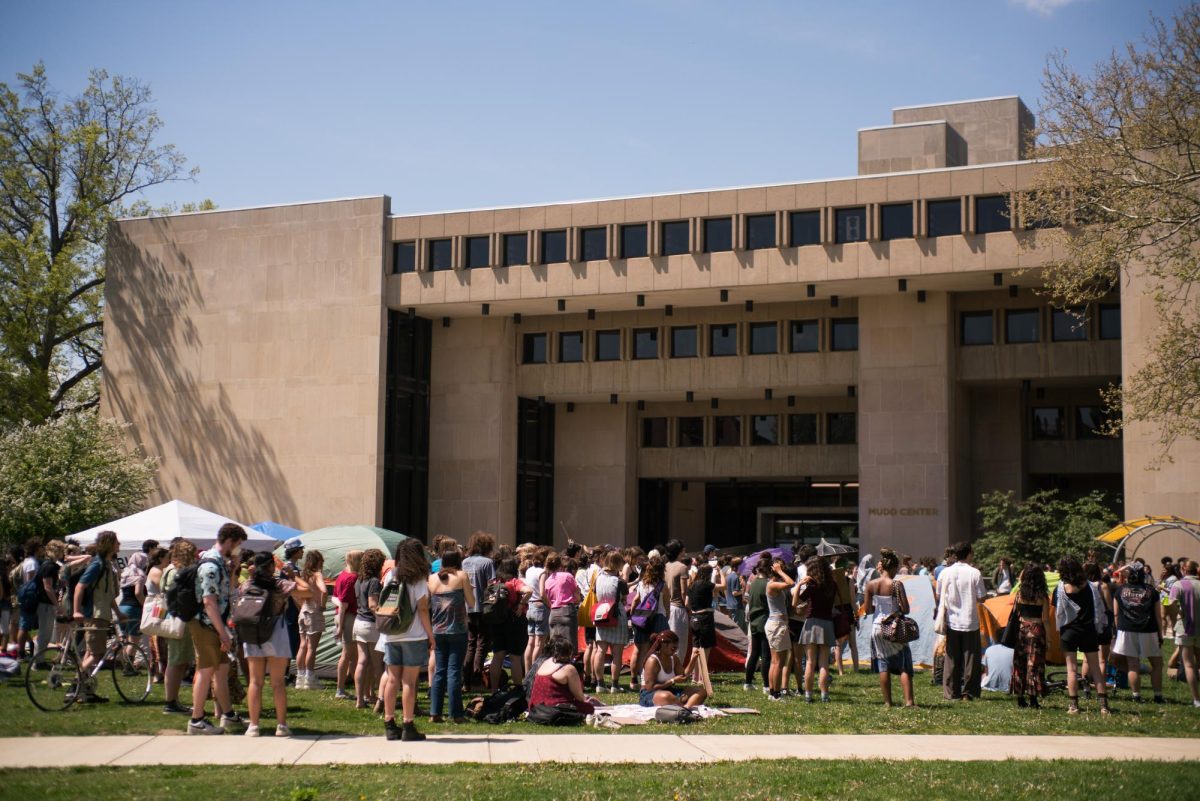I, like millions of teenagers across the U.S., went to see Greta Gerwig’s film Barbie this July. I loved the pastel pinks, wittiness, and Margot Robbie — I found it an extremely fun watch. However, after viewing the movie, I became surprised by the many reposts on Instagram of America Ferrera’s speech in which she details the contradictions of being a woman. The speech, which is seen as inspiring and feminist, is a surface-level critique of the gender hierarchy, one which mostly applies to white women. In the monologue, she states that women can “never forget that the system is rigged” — but it is too simple to state that the system is rigged against all women. Many American women, including Barbie’s star, Margot Robbie, benefit from America’s oppressive societal structure, which upholds class and racial distinctions.
Barbie is one of many examples of white feminism being popular in mainstream media. Legally Blonde, a classic chick flick and a movie focusing on female empowerment, stars — like Barbie — a beautiful, blonde, white woman. While Legally Blonde was made more than 20 years prior to Barbie, the film similarly universalizes the experiences of women and ignores racial and class hierarchies which influence women’s experiences of oppression. While Legally Blonde does showcase a woman finding her independence, the main character’s ability to do this is only possible due to her status as a white, upper-class woman. The majority of women do not have the funds to attend Harvard, and would not be able to get accepted by simply getting a high LSAT score. In addition, both Legally Blonde and Barbie center white, beautiful, skinny, cis women, showcasing that, in pop culture, white women are most acclaimed. The issue of white women being at the center of mainstream feminism is one that has been an issue in feminist movements for decades.
During the second-wave feminist movement, many Black women advocated for the need of intersectional feminism. Intersectional feminism is the understanding that systems of oppression affect people differently based on their varying identities including class, race, gender, and sexuality. One of the most famous community organizations advocating for intersectional feminism is the Combahee River Collective, which was a Black and Brown women-led organization that emerged in the 1970s to fight against the oppressive systems that most affect Black and Brown women’s lives. In the Combahee River Collective’s “Black Feminist Statement,” they critiqued the “fractionalization that white women who are separatist demand.” In this statement the Combahee River Collective was critiquing the demands from white women arguing that they should separate from all men. For Black and Brown women, it is imperative to show solidarity toward Black men due to their shared experience of racial oppression. While Barbie and Legally Blonde do not advocate for the separation of men and women, they do depict women as the victims of the gender system and men as the perpetrators. America Ferrera states that “women have to answer for bad men’s behavior.” But, historically, many white women have weaponized their power against Black men. For example, in America’s Jim Crow era, Black men were thought to be feared by white women due to an image created by white society that Black men are hypersexual predators. This resulted in the unjust lynching of thousands of Black men. In this way, white women held power over Black men.
The “patriarchy” in Barbie and Legally Blonde is seen as a binary of men oppressing women when, in truth, the gender hierarchy is extremely complicated and also connected to America’s racial system. Women are not oppressed by men, rather by capitalist systems that enable a small percentage of individuals to succeed and gain wealth and the majority to live in poverty. Racism and sexism are tools of this system. Mainstream feminism promotes the idea that, if women realize their individuality and the way males’ expectations of them limit them, they will find power. However, the majority of women’s lives will not change if they realize their potential, because the majority of women do not have the privilege that the main characters Barbie and Elle Woods have. A lower class position, which often coincides with experiences of racial and gender injustice, can not change for a woman due to a shift in her mentality. Instead, overarching systemic change is critical.
Despite this, it is important to note that lots of media that promotes white feminism has value and is simply fun. I love Greta Gerwig’s Little Women, and Legally Blonde is one of my comfort movies. However, it is important to recognize the limitations of the ideologies promoted in these films. They are simplistic versions of feminism that only apply to upper class white women. In order for women to gain liberation, feminism necessitates the understanding that every woman experiences different types of oppression based on their identities.




